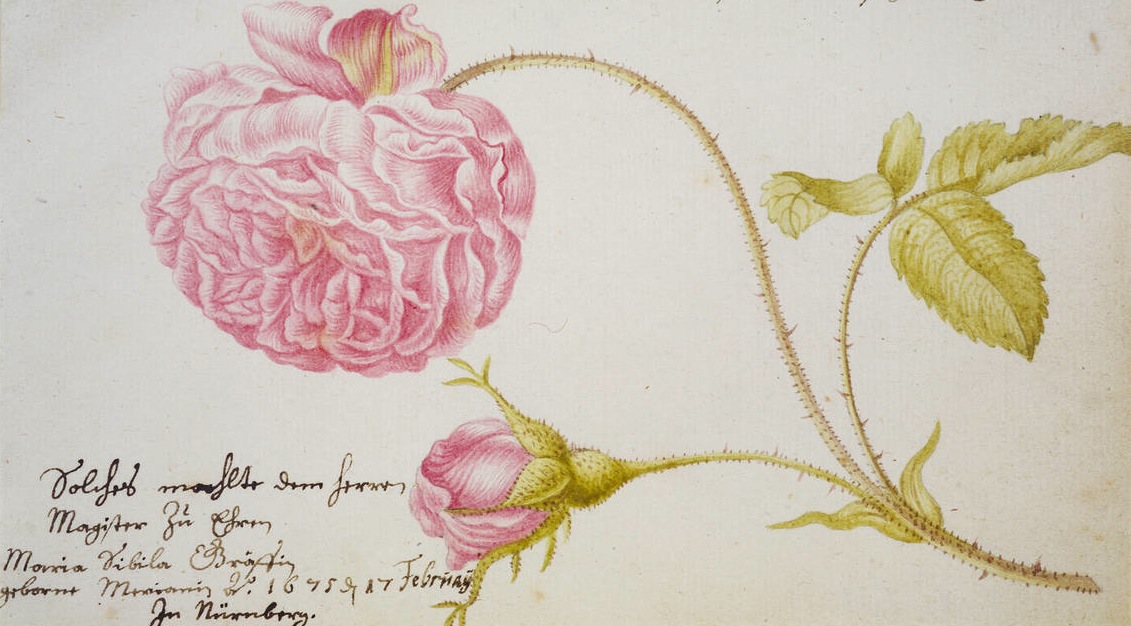Cultivating the Seeds: Flowers and Intellect
Too often, viewers instinctively assign still-life paintings with the theme of vanitas, a Latin term that means “vanity.” This theme signifies life’s evanescence, or the relentless passing of time, and it manifests itself in a variety of objects, including but not limited to skulls, timepieces, books, globes, musical scores, and flowers. Arguably, flowers have the strongest “vanitas connotation due to their brief life span: barely do they come to full bloom when they soon begin to wither” (note 1). Therefore, flower still-life paintings inevitably become emblems for the transience of life. Only examining these paintings for their iconographical meaning of mortality would undermine their greater purpose as rich historical and cultural documents. Paul Taylor reminds his reader: “paintings, then as now, could be appreciated for the visual satisfaction they gave, as well as for the significance they might have had over and above their pictorial qualities. This simple fact has tended to be obscured in recent studies of […] Dutch flower painting, amid the flurry of excitement about iconography and meaning” (note 2). Floral paintings are, indeed, ripe with instances of iconography and vanitas, but they offer much more upon a closer look. A new theme can be found within each of the five works on display in this exhibition – the theme of cultivation.
While not readily apparent at first glance, the theme of cultivation manifests itself in two primary forms throughout the selected art pieces, and arguably throughout the genre as a whole. First, it references the horticultural cultivation that was required of the gardeners and artists to attain the specimens painted on the canvas. In such a way, it gives credence to the entire growth process from start to finish, from the time a seed germinates in the soil to the moment its blossom is plucked from the Earth to become part of an artist’s composition. The second, and most powerful, way in which this theme of cultivation appears is intellectually, as a metaphor for the acquisition of knowledge. In the seventeenth and eighteenth centuries, although there existed a widespread trend toward a global acquisition of knowledge, the practice of collecting flowers remained exclusive. Flowers were natural objects and painted subjects reserved only for the most intellectually cultivated thinkers of the period, but this twenty-first-century exhibition seeks to level the walls of exclusivity built within this genre of painting long ago, granting all viewers the opportunity to fully understand flower still lifes. Perhaps this access will engender a modern-day culture of cultivation that focuses its attention on understanding flower paintings beyond their surface beauty. To fully appreciate these works of art, however, one must first cultivate a desire to invest in their deeper meaning.
Notes:
note 1. Sander, Jochen. The Magic of Things: Still-Life Painting, 1500-1800. Ostfildern: Hatje Cantz Verlag, 2008. 150. Print.
note 2. Taylor, Paul. "The Flower Piece and Dutch Art Theory." Dutch Flower Painting, 1600-1720. New Haven: Yale UP, 1995. 77-113. Print.
